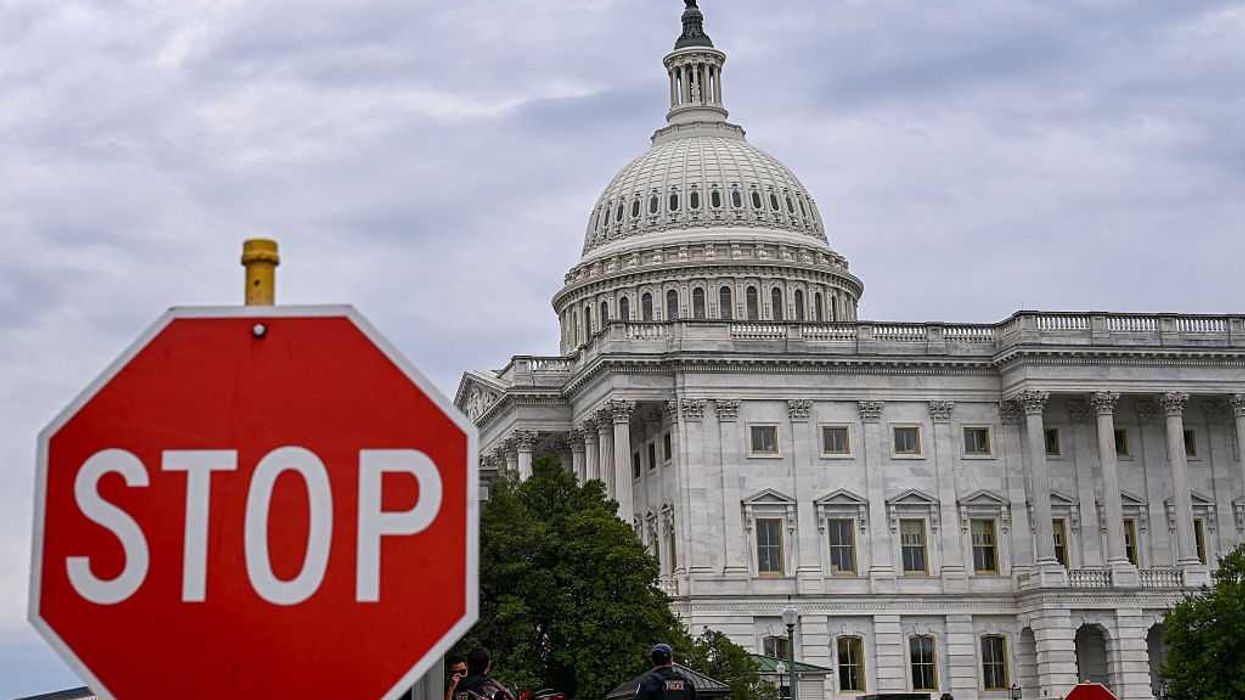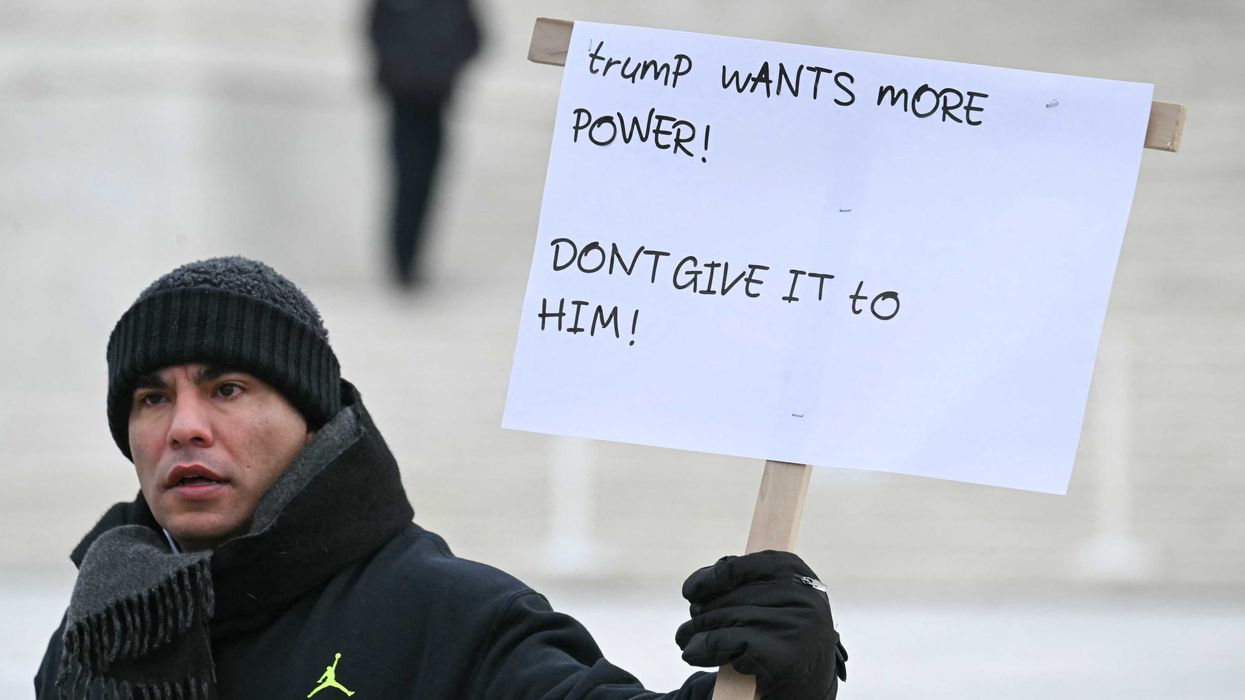Tomorrow, the United States of America will have its 247th birthday, and the activists in corporate media couldn’t be more miserable about it.
Their joylessness is always the same. So, if you’re looking for a way to be miserable on the 4th of July, a holiday devoted to vibrant, breathtaking explosions in the sky, then scroll through mainstream media. You’ll find tons of editorials by people who will spend tomorrow full of hatred for BBQs, pools, parties, and, well, fun.
Last year, the New York Times celebrated the 4th of July with an article by Paul Krugman, one of the few people smug enough to blame “right-wing” America for the “Climate Apocalypse.” The media is obsessed with apocalyptic language. They love to fantasize about the “end of America.”
The media is obsessed with apocalyptic language.
Way back in 2010, the publication Salon predicted America would collapse by 2025. These days, they’ve shifted to blaming Christianity and “American fascism.”
The Washington Post has declared the “end of white Christian America.” Christianity, they tell us, is part of the reason America is “racist.” They’ve fantasized about “All the ways America could come to an end.” Over the last six years, they have published multiple articles announcing “the end of American Exceptionalism.” The most recent one came out the day after the January 6th incident.
They have blamed guns, Republicans, comedy, “transphobia.” They have blamed the “ignorance and irrationality” of people who disagreed with vaccine mandates. They’ve repeatedly blamed anyone who dislikes woke culture. But most of all, they have blamed Trump. They swore he would cause “the end of America’s role as a defender of freedom.” In that article, they actually portrayed Woodrow Wilson as a defender of Democracy.
They’ve repeatedly blamed anyone who dislikes woke culture.
An article in the Guardian argued that the repeal of Roe v Wade brought America one step closer to civil war and that “the left-democratic wing of America is the productive and educated part of the country.” Ahead of the 2020 election, Rolling Stone predicted Covid would cause the end of the American Era and America would be replaced by Scandinavian socialism and Chinese authoritarianism. During Trump’s presidency, the Atlantic devoted all their energy to proving Trump would cause the end of America, with an endless flow of articles about “How Trump is Ending the American Era.”
Rolling Stone predicted that America would be replaced by Scandinavian socialism and Chinese authoritarianism.
David Brooks loves accusing conservatives of having an “apocalyptic tone” and inventing “apocalyptic menaces,” as he put it in his article, “The Terrifying Future of the American Right.” Despite the fact that he has boosted his career by depicting Trump as the AntiChrist. Or his article about how “The nuclear family was a mistake” for America. Or his article for the New York Times warning about “The Coming GOP Apocalypse.”
The Atlantic has devoted entire issues to the inevitable collapse of America, like this one from December of 2021. For the one-year anniversary of January 6th, the theme was “January 6 Was Only Practice.” In it, George Packer wrote, “Are We Doomed?” He argued that “the Republican Party now functions like an insurgency.” Describing Republicans’ election laws, he said “the danger is that the express will of the American people could be overthrown.”
The Atlantic has devoted entire issues to the inevitable collapse of America.
The New York Times is obsessed with the apocalypse of America. On the one-year anniversary of Trump’s election to the White House, Michelle Goldberg wrote about the “Anniversary of the Apocalypse.” She asked:
How can America ever return from this level of systematic derangement and corruption? I wish there was someone I could ask, but we know more about how countries slide into autocracy than how they might climb out of it. It’s been a year, and sometimes I’m still poleaxed by grief at the destruction of our civic inheritance.
In a series devoted to attacking Tucker Carlson, they described Tucker’s worldview as “apocalyptic," only to turn around and push the idea that the apocalypse is everywhere.
They have warned about “The Academic Apocalypse.” They’ve asked, “How Do You Invest in the Face of an Apocalypse?” They’ve described plays and fashion shows as “post-apocalyptic.” In July of last year, the New York Times declared “Apocalypse Right Now.” In February of 2022 they ran an article titled “Apocalypse When?” The author wrote:
I can’t say precisely when the end began, just that in the past several years, "the end of the world" stopped referring to a future cataclysmic event and started to describe our present situation.
They even ran a guide called “How to Survive the Apocalypse.” By the way, you can even find a similar guide on National Geographic Kids, “7 Steps To Surviving An Apocalypse (According To Science!) What would YOU do if the world was ending?”
Remember that one kid when you were growing up who always made up the rules on the fly? Usually because they couldn’t win any other way. The media is that annoying kid—because they only talk about the end of America when things aren't going their way.
As Christians, we talk about the apocalypse, but it’s completely different. In fact, it’s the opposite of what the media is saying, and they can’t see the difference. For us, it’s a matter of faith. We trust in God, in the eternal Light that is bigger and deeper and brighter than we could know. We believe in Truth, in the Truth that moves through us. We believe that the Light shines in the darkness, and the darkness has not overcome it.
We trust in God, in the eternal Light that is bigger and deeper and brighter than we could know.
The word “apocalypse” comes from the Ancient Greek word meaning “revelation” or “unveiling,” the discovery of something new that has been hidden or invisible. Christians used the term to describe the Second Coming, when “everything that is hidden will eventually be brought into the open, and every secret will be brought to light.” (Mark 4:22)
The media's religion is everything they accuse Christianity of—a religion of superstition and fear. Only, for them, there is no redemption. Only total destruction. I think we’ll find that we’ve been right all along. I just hope America survives all of the media's doom and violence.
In the face of death, any light counts as survival.
 ALEX WROBLEWSKI / Contributor | Getty Images
ALEX WROBLEWSKI / Contributor | Getty Images
 JIM WATSON / Contributor | Getty Images
JIM WATSON / Contributor | Getty Images Joe Raedle / Staff | Getty Images
Joe Raedle / Staff | Getty Images AASHISH KIPHAYET / Contributor | Getty Images
AASHISH KIPHAYET / Contributor | Getty Images